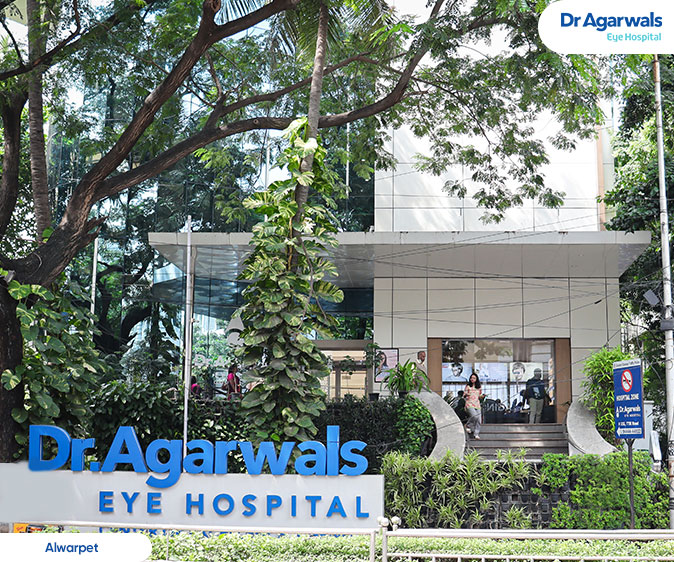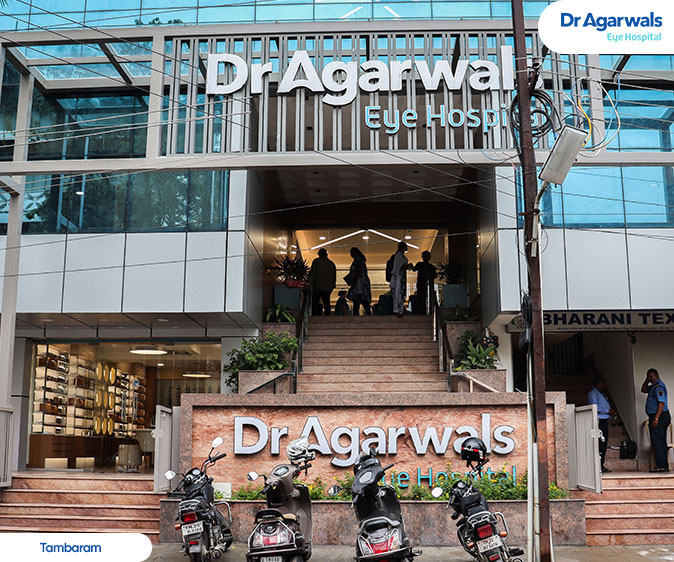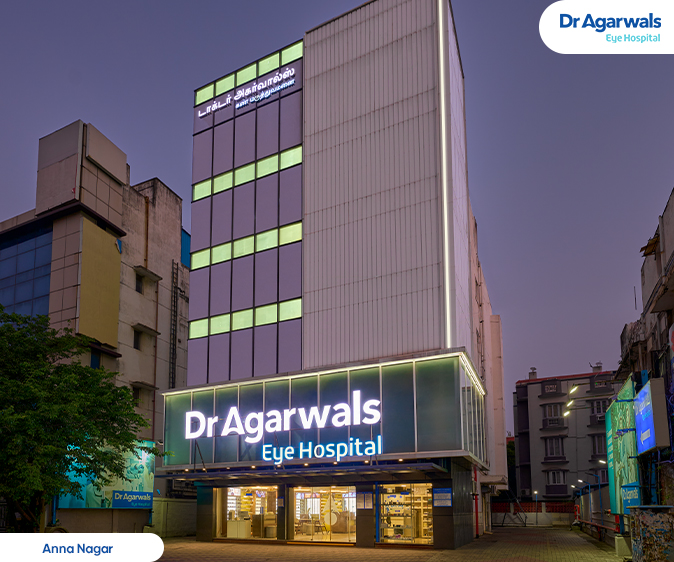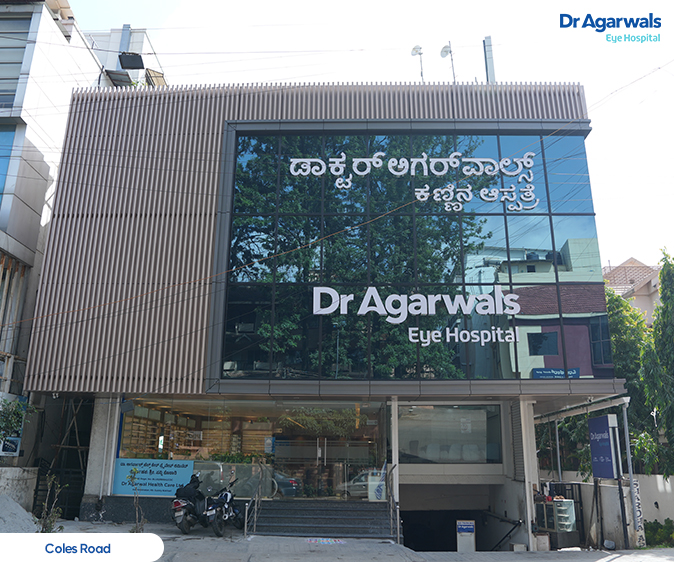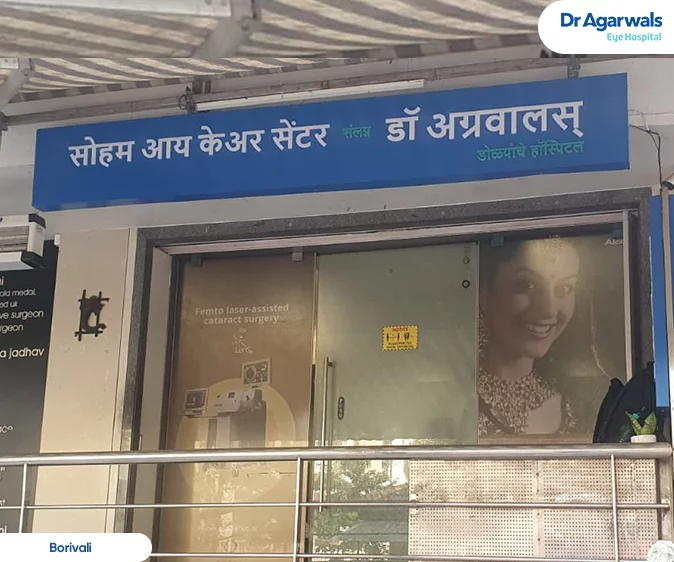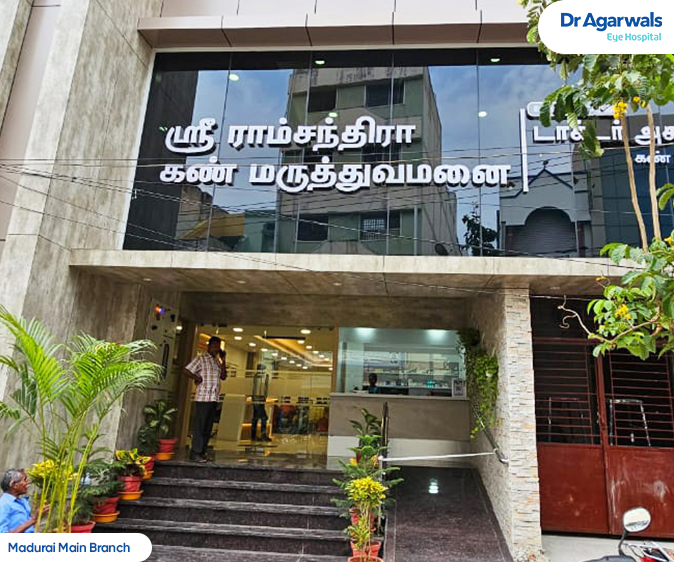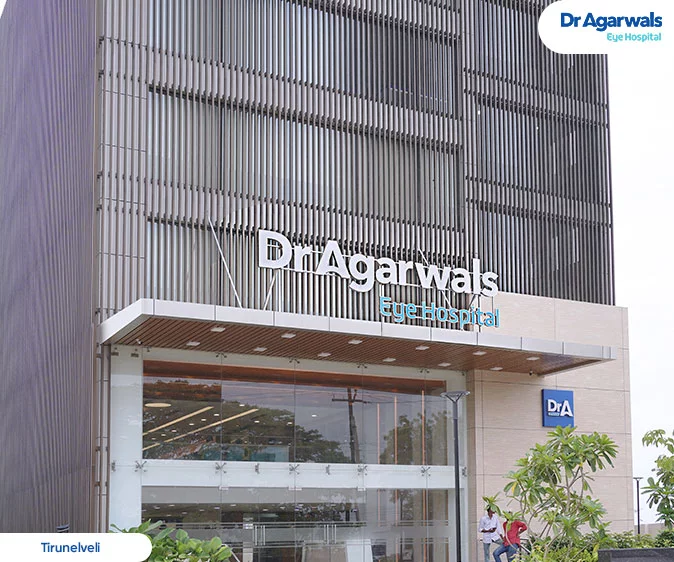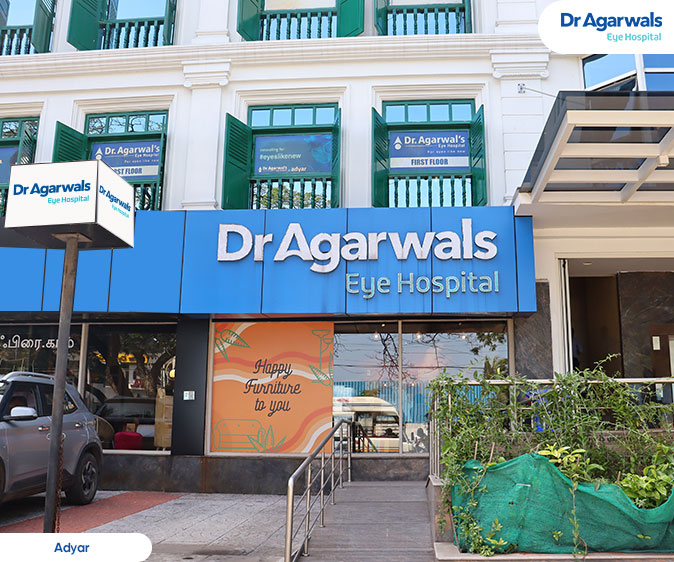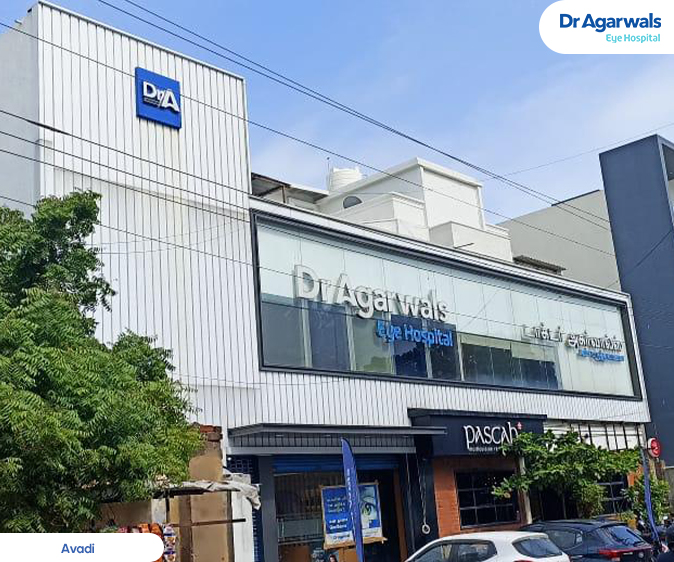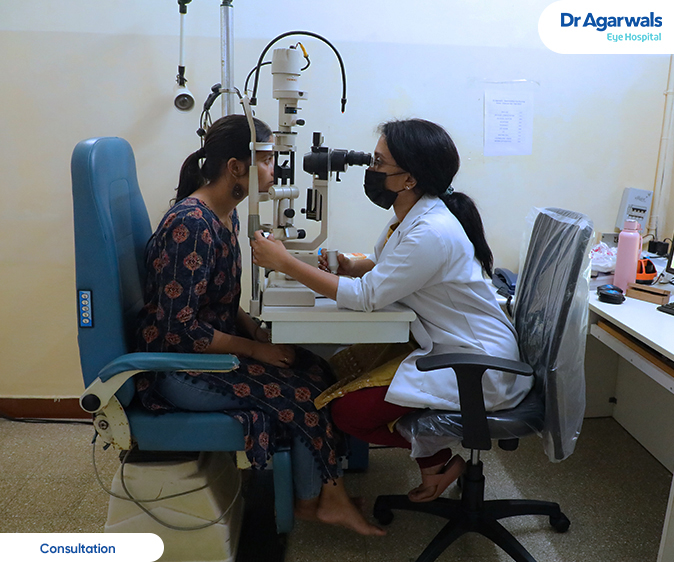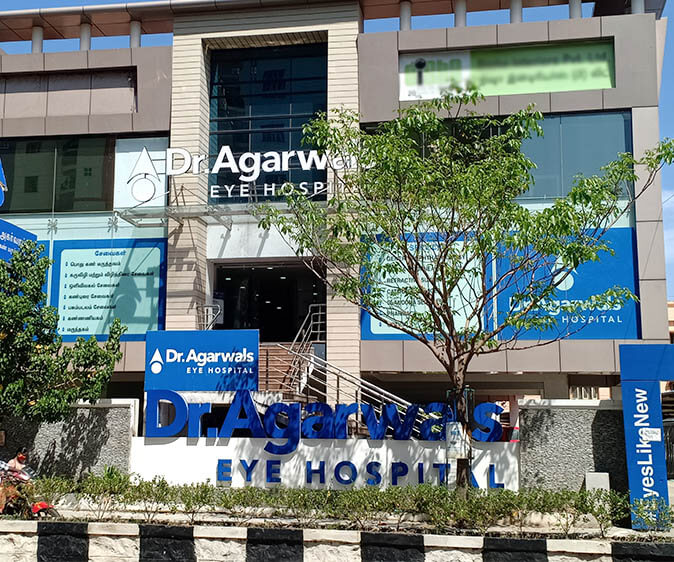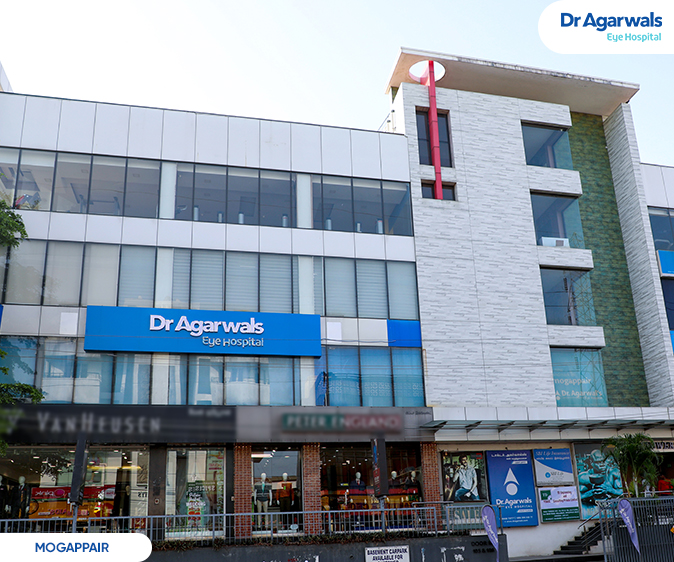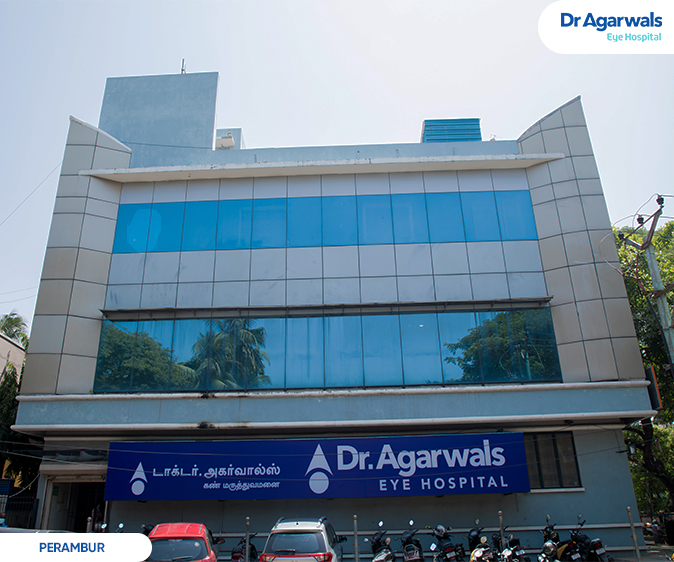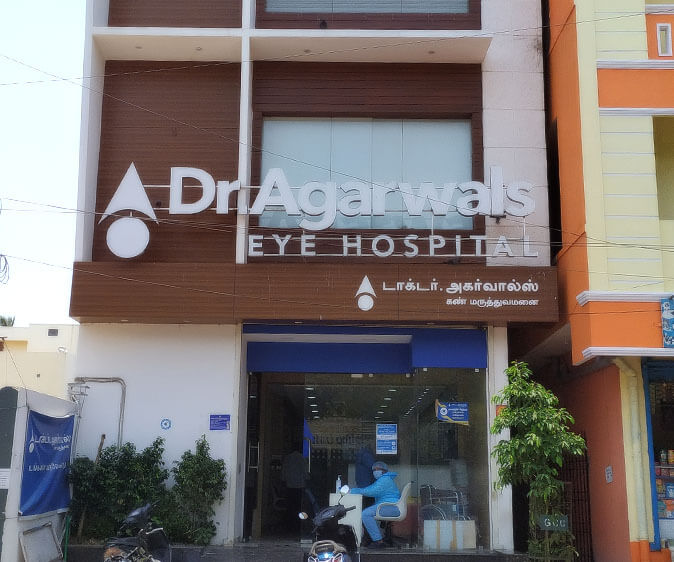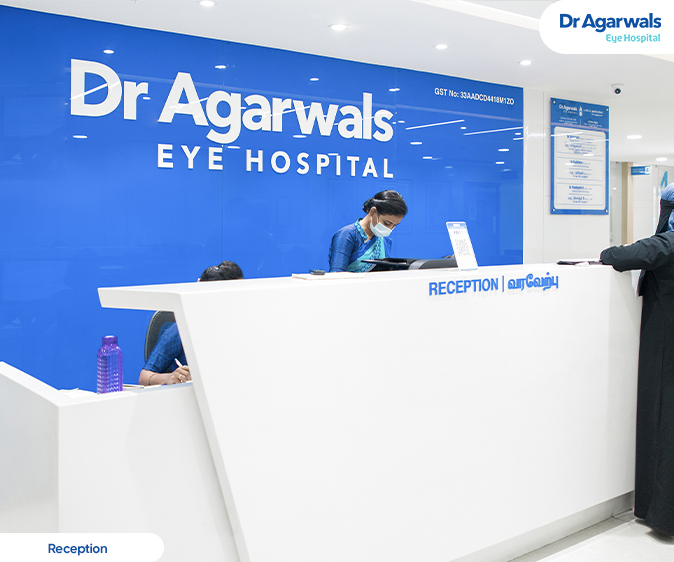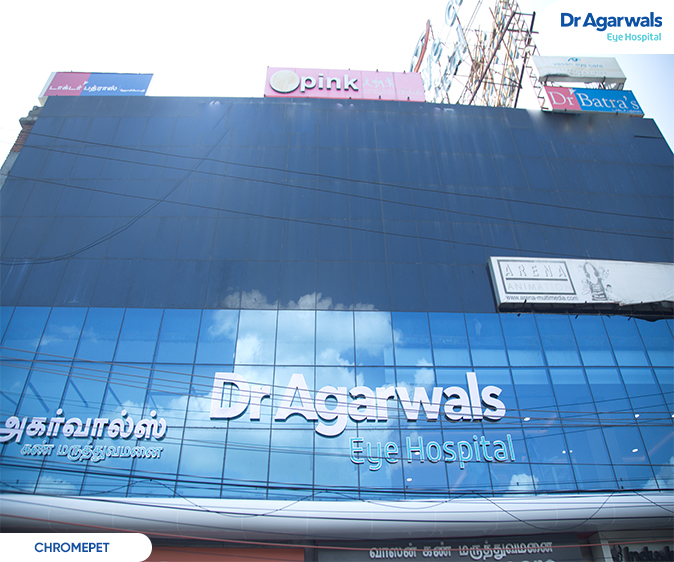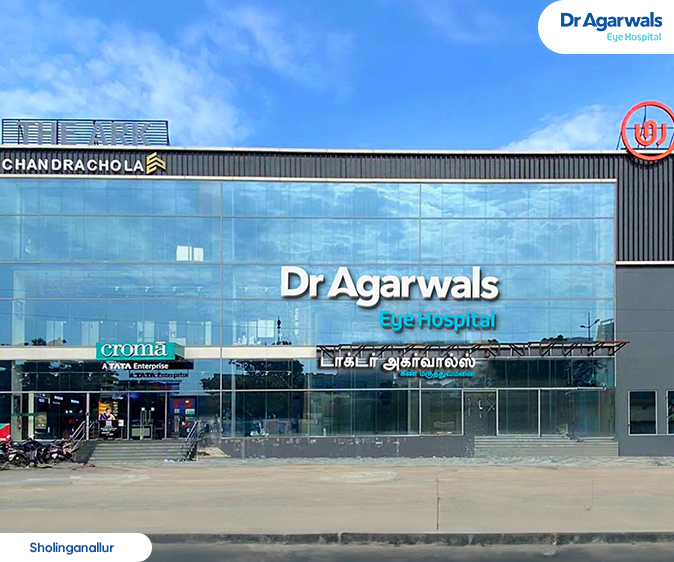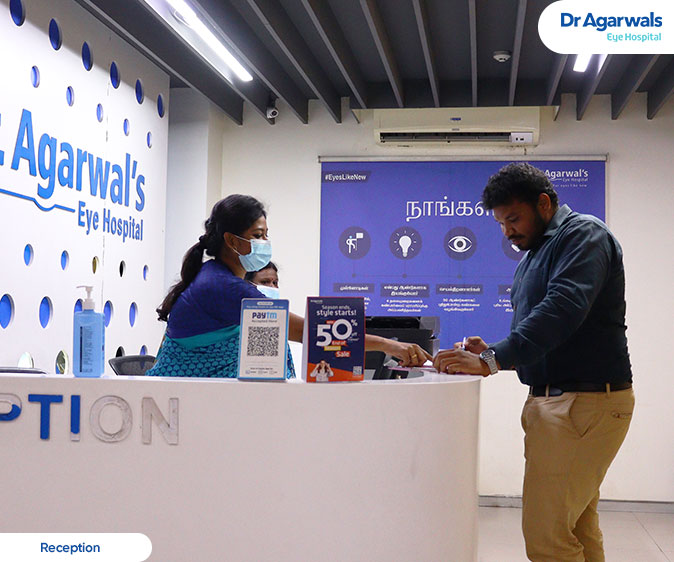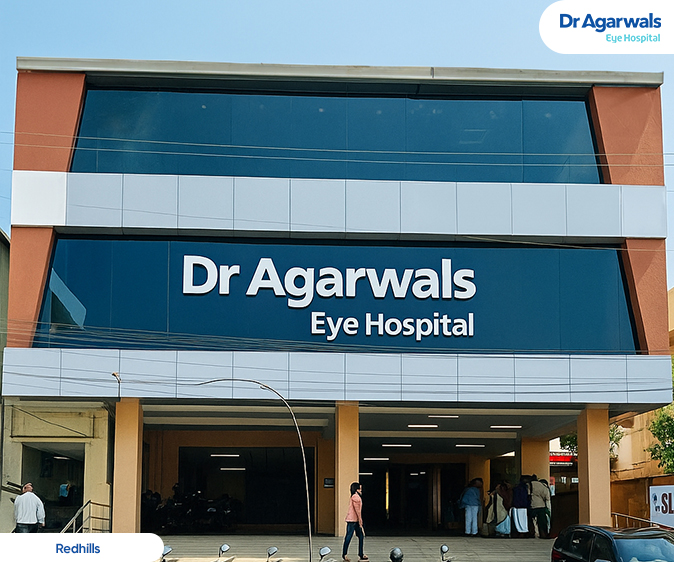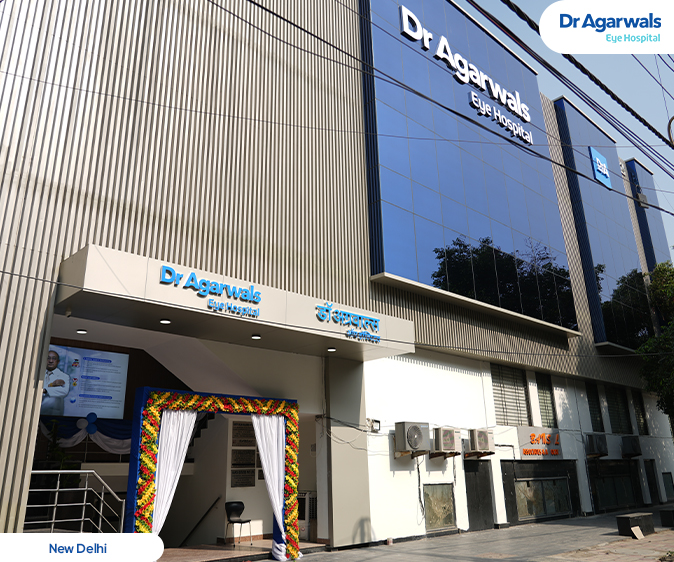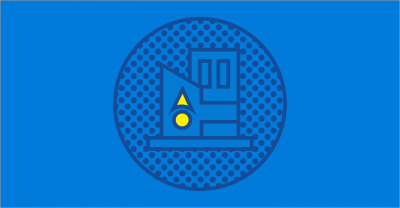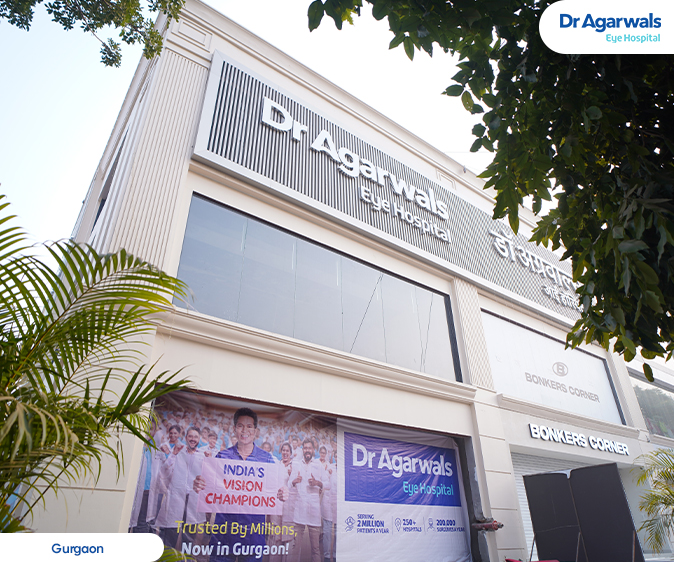- Home
- Treatments
- Robotic Cataract
Robotic Cataract
What is Robotic Cataract Surgery?
Laser Assisted Cataract Surgery (LACS), also referred to as Robotic Cataract Surgery for its high automation and laser precision, is a bladeless procedure that uses femtosecond laser technology to enhance precision and consistency during cataract removal. The laser performs key steps of the surgery — such as corneal incisions, lens fragmentation, and capsulotomy — with micron-level accuracy. This results in greater safety, improved visual outcomes, and enhanced predictability when compared to conventional manual techniques.
Key Benefits of Robotic Cataract Surgery
Bladeless Accuracy with Advanced Technology
Image-guided femtosecond lasers ensure every incision and lens breakup is done with ultra-precise, computer-controlled accuracy. This minimizes error, reduces trauma to the eye, and enhances surgical consistency.
Custom Mapping for Every Eye
Advanced imaging systems create a 3D map of the eye, allowing for fully personalized treatment. This ensures that every step of the procedure is tailored to the patient’s unique eye anatomy — especially beneficial in cases with astigmatism.
Faster Recovery & Minimal Risk
Robotic precision results in less tissue disturbance, reduced inflammation, and faster healing. The risk of complications such as infection or delayed vision improvement is reduced, making it a preferred choice for those seeking safer outcomes.
Who Should Consider Robotic Cataract Surgery?
Here’s a quick checklist to see if you’re an ideal candidate:
✅ Over 45 with blurred or cloudy vision due to cataracts
✅ Diagnosed with astigmatism and want correction during surgery
✅ Looking for a faster recovery and minimally invasive option
✅ Prefer advanced, bladeless technology for better visual outcomes
✅ Interested in treatment by an Experienced LACS Specialist
Robot Cataract Procedure at Dr. Agarwal’s Eye Hospital
Here’s how the procedure works at our centers:
Step 1: Laser Mapping & Planning
A 3D scan of your eye is taken to guide the laser. This mapping allows the surgeon to plan precise incisions and determine the exact placement of the intraocular lens (IOL).
Step 2: Lens Fragmentation with Laser
The femtosecond laser softens and breaks the cataract into smaller pieces, making removal easier and safer — with minimal ultrasound energy used.
Step 3: Intraocular Lens Placement
After cataract removal, a high-quality intraocular lens (IOL) is implanted for clear, enhanced vision— often reducing or eliminating the need for glasses.
Our Hospitals with Robotic Cataract Surgery Services
Frequently Asked Questions (FAQs) about Robotic Cataract
Is robotic cataract surgery safer than traditional methods?
Yes, it is considered safer and more precise. Robotic-assisted surgery uses femtosecond laser technology to perform key steps like incisions and lens softening with high accuracy, reducing the chances of human error and improving surgical consistency.
What is the recovery time after robotic cataract surgery?
Most patients experience noticeably improved vision within 24–48 hours. Thanks to the bladeless, minimally invasive approach, healing tends to be faster than with traditional methods — with many returning to daily activities within a few days.
Is robotic cataract surgery painful?
While some patients notice clearer vision almost immediately, it can take a few days for the full visual improvement to settle in. Vision typically stabilizes within 1 to 2 weeks.Recovery timelines can vary depending on the patient’s overall eye health and adherence to post-operative care instructions.
Does insurance cover robotic cataract surgery?
Coverage depends on your insurance policy. Some plans may partially cover the procedure, especially if it’s deemed medically necessary. We recommend checking with your insurer or letting our billing team assist you with pre-authorization details.
Can robotic cataract surgery correct astigmatism?
Yes, one of the key advantages of robotic (femto laser) cataract surgery is its ability to precisely correct astigmatism by creating customized incisions. Combined with toric intraocular lenses, it can significantly reduce or even eliminate the need for glasses post-surgery.
How much does Robotic Cataract Surgery Cost in India?
Costs vary by patient’s specific condition and lens choice. At Dr Agarwals Eye Surgery, Robotic Cataract Surgery/LACS starts from ₹30,000 onwards per eye, however the prices vary from patient-to-patient. Please consult our specialists or visit your nearest branch for more details.
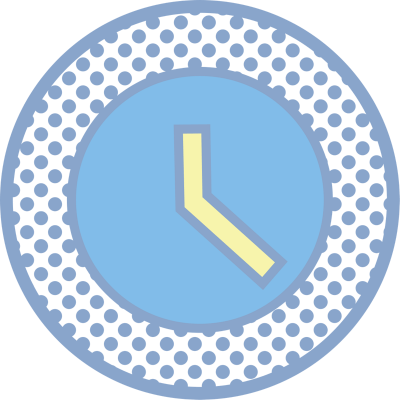
Do not ignore eye trouble!
Now you can reach our senior doctors by booking an online video consultation or a hospital appointment
Book an appointment now